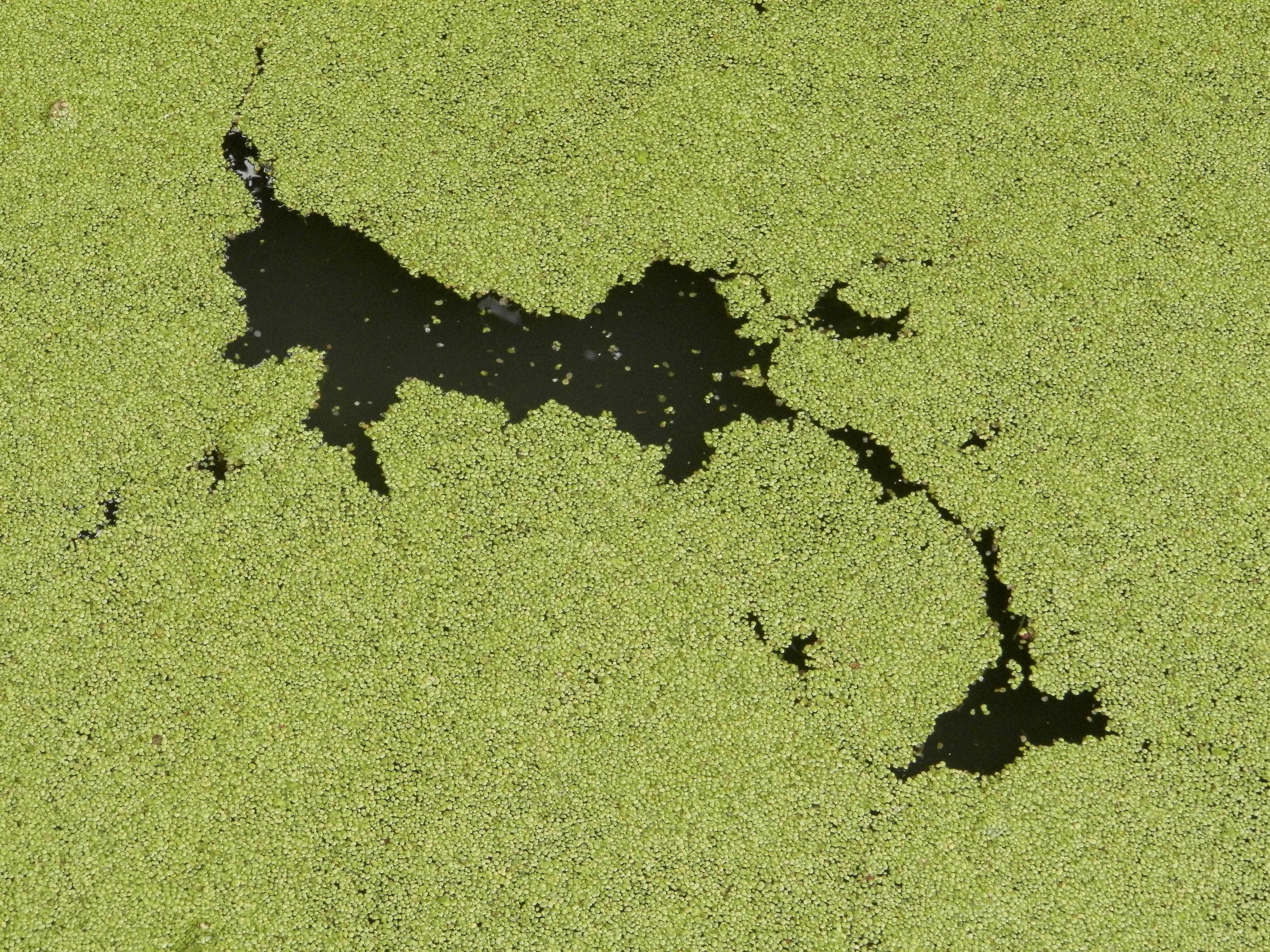On May 21, the U.S. Environmental Protection Agency (EPA) released a guidance document evaluating approaches for restoring or containing contaminated groundwater at Superfund sites. The report, “Groundwater Remedy Completion of Strategy: Moving Forward with the End in Mind,” is part of a suite of EPA guidance on groundwater cleanups.
According to the EPA report, “Groundwater remediation is a component of more than 90% of active Superfund sites and achieving groundwater remedial action objectives can take years or even decades.” Actions are governed under the Comprehensive Environmental Response, Compensation, and Liability Act, and where practical, the agency expects groundwater to be returned to its original beneficial uses. However, reducing exposure and preventing the contaminants from spreading is necessary when restoration is not reasonable. The guidance document provides strategies and information to help superfund remedial project managers develop a site-specific course of action. The guidance follows the five elements of developing a strategy including: understanding the site conditions, designing site-specific remedy evaluations, developing performance metrics and collecting monitoring data, conducting remedy evaluations, and making management decisions.




